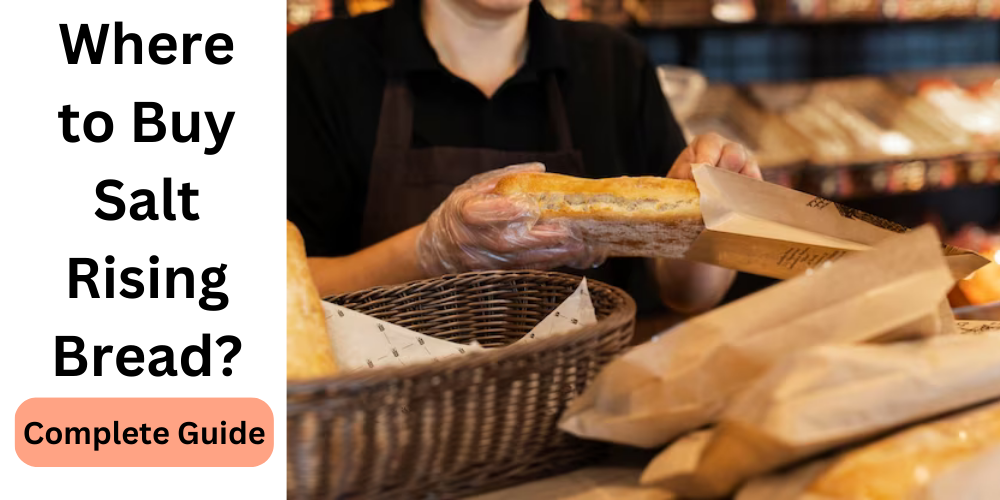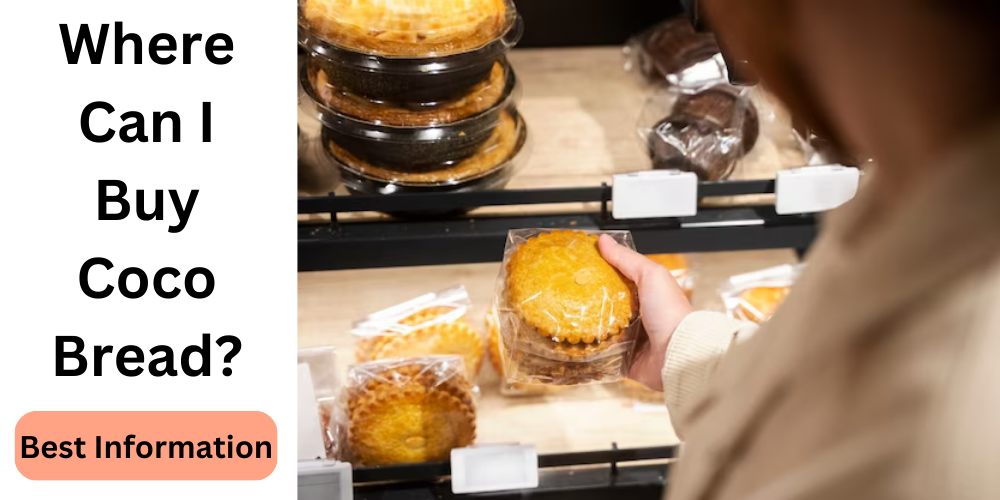When it comes to baking bread, achieving the perfect temperature is crucial. The right temperature can make or break your loaf, influencing its texture, crust, and overall flavor. In this comprehensive guide, we will dive deep into the art of bread baking and explore what temperature to bake bread, the optimal temperatures for achieving bakery-worthy results.

What Temperature To Bake Bread?
To understand what temperature to bake bread, it’s essential to consider the factors that influence it. From the type of bread you’re baking to the desired texture, a variety of variables come into play. Let’s explore the key factors that determine the baking temperature for different bread types.
Factors Influencing Baking Temperature
- Bread Type: Different bread types require different baking temperatures. From fluffy sandwich loaves to crusty artisanal bread, each category has its ideal temperature range.
- Dough Consistency: The hydration level and consistency of your dough can impact the baking temperature. Wetter doughs may require lower temperatures, while drier doughs may benefit from higher temperatures.
- Oven Characteristics: Each oven is unique, and its heat distribution and calibration can affect how bread bakes. Familiarize yourself with your oven’s quirks to make necessary adjustments.
Recommended Temperatures for Different Bread Types
While specific recipes may provide precise temperature instructions, here are some general guidelines for popular bread types:
- Sandwich Breads: 350°F to 375°F (175°C to 190°C)
- Artisan Breads: 400°F to 450°F (200°C to 230°C)
- Baguettes and French Breads: 450°F to 475°F (230°C to 245°C)
- Whole Grain Breads: 375°F to 400°F (190°C to 205°C)
Understanding the Role of Temperature
Temperature plays a crucial role beyond just baking the bread. It affects the fermentation process, yeast activity, and gluten development. Higher temperatures can accelerate fermentation and yeast activity, leading to a quicker rise and potentially lighter texture. Lower temperatures can slow down the process, allowing for more flavor development.
Tips for Adjusting Baking Temperature
- Experiment: Don’t be afraid to experiment with different temperatures to achieve your desired results. Make small adjustments and take notes for future reference.
- Oven Thermometer: Use an oven thermometer to ensure accurate temperature readings. Ovens can have variations, and an external thermometer can help you compensate for any discrepancies.
- Preheating: Always preheat your oven before baking bread. A properly preheated oven ensures even heat distribution and consistent results.
Common Mistakes and How to Avoid Them
- Overbaking: Keep a close eye on your bread to prevent overbaking, which can result in a dry and tough loaf. Start the process of determining doneness several minutes ahead of the suggested baking time.
- Underbaking: On the other hand, underbaking can lead to a dense and gummy texture. Make sure your bread is fully baked by checking its internal temperature or tapping the bottom for a hollow sound.
- Rapid Temperature Changes: Avoid drastic temperature changes during baking, as they can cause uneven rising and result in a misshapen loaf.
The Science Behind Baking Temperature
Understanding the science behind baking temperature can help you become a more confident baker. As the bread heats up, the yeast produces carbon dioxide gas, creating air bubbles that give the bread its structure. The heat also causes the proteins in the flour to coagulate, forming the bread’s crumb.
Impact of Temperature on Crust Texture and Color
The baking temperature affects more than just the internal structure of the bread. It also plays a significant role in the crust’s texture and color. Higher temperatures result in a crispier crust with a deeper golden color, while lower temperatures produce a softer crust with a paler hue.
Related Guides:
What Temperature Should Homemade Bread Be Baked At?
For homemade bread, the recommended baking temperature typically ranges from 350°F to 450°F (175°C to 230°C), depending on the bread type. However, it’s essential to follow the specific recipe instructions to ensure the best outcome.
What Is the Correct Temperature Range for Baking Bread?
The correct temperature range for baking bread varies depending on the type of bread you’re making. As mentioned earlier, sandwich breads typically bake between 350°F and 375°F (175°C to 190°C), while artisan breads require higher temperatures ranging from 400°F to 450°F (200°C to 230°C). Always refer to your recipe instructions for precise temperature guidance.
Which Temperature Is Ideal for Baking Yeast Bread?
For yeast bread, an ideal baking temperature range is 375°F to 450°F (190°C to 230°C). The higher temperature helps activate the yeast and encourages proper rising and browning.
Is It Better to Bake Bread at a Higher Temperature?
Baking bread at a higher temperature can result in a darker crust, better oven spring, and improved texture. However, it’s crucial to find the balance that works for your specific bread type and desired outcome. Experimentation and practice will help you determine the optimal temperature for your baking needs.
Conclusion
Mastering the art of bread baking involves understanding what temperature to bake bread. By considering factors such as bread type, dough consistency, and oven characteristics, you can achieve bakery-quality results right in your home kitchen. Remember, baking is both a science and an art, and practice is key to honing your skills. So, grab your apron, preheat that oven, and let the irresistible aroma of freshly baked bread fill your home.
Sources:
- By Loren McCune, Is it better to bake bread at a higher temperature? Posted 1 Years ago




